
This post contains affiliate links.
I hope this day finds you warm, well, and excited for spring! We are gearing up for an exciting season of growing and expansion. February finds us deep into seedling cultivation and baby chick planning.
This spring, we have three main goals:
- Sheet mulch and cultivate new growing areas in the backyard #growfoodnotlawns
- Establish hundreds (if not thousands!) of seedlings so that we can get a head start on spring planting
- Start a flock!
Sheet Mulching: #growfoodnotlawns
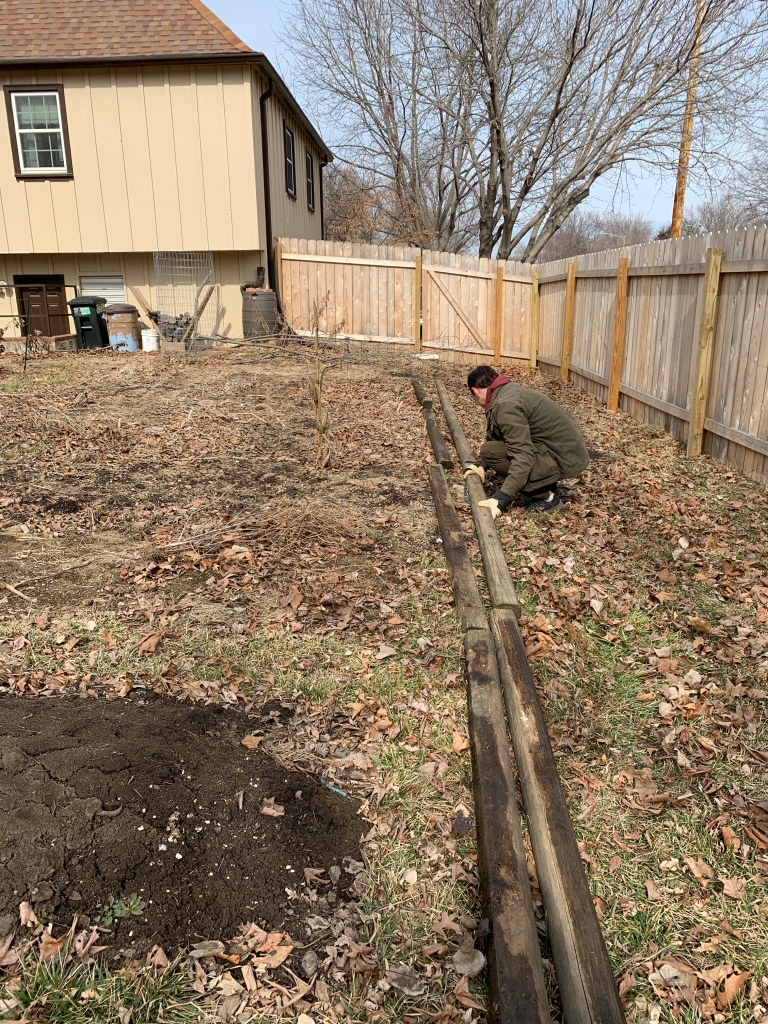
Thanks to Evan’s new research in permaculture, we’re trying a new method to help create a mini-food forest in our own backyard. Later this spring, we will be adding Nanking cherries, apple trees, Goumi bushes, and mulberry trees, but in the meantime, we are focusing on our “potager,” our garden area full of herbs, flowers, and vegetables. We previously had four long beds of single-row vegetables and this year we will be trying more of a keyhole style with much more integrated and dependent vegetables and herbs. More on this in the future!
Sheet mulching involves building organic matter through the decay from a three-bean-casserole style of mulching: cardboard (no plastic or stickers), green matter (grass & compost), and leaves. Early spring rains have been a perfect catalyst for the process – and the robins have been eagerly monitoring the decaying process!
Seedlings

We are extremely excited about a new method we are trying for seeds this year! In the past, we have started tomatoes and peppers inside and not much else. Our plans for checking and maintaining them daily were inconsistent due to rough schedules, so some days they struggled to thrive. We managed to keep them alive along enough for outside, but seedlings sown outside took so long to get started that we couldn’t fully exercise a three season garden between spring, summer, and fall – by the time the spring crops were healthy enough to produce, we were supposed to have summer crops sown, and the timing was just all sorts of off. (We were harvesting zucchinis in October…)
By sheer luck of letting YouTube play suggested videos one evening, we stumbled across a cute English gardener with hundreds of videos about no dig gardening. If you haven’t watched or read anything from Charles Dowding, then you ought to look him up – if nothing else, than for the way he pronounces “compost”with an English accent. Dowding starts everything in a greenhouse – kale, lettuce, beets, onions, you name it, it’s started ahead of time, and with 4-6 seeds per cell at a time. We realized that this method would buy us an entire extra season of growing if we could start things indoors and move out as young-to-teenage plants.
Fast forward to February, and we have two table-tops of seedlings laid out and thriving! Every day we turn the lights on and mist/water the trays and check it all again in the evening. On warm days, we move trays to the mini cold frame we constructed this fall to enjoy some true sunlight.
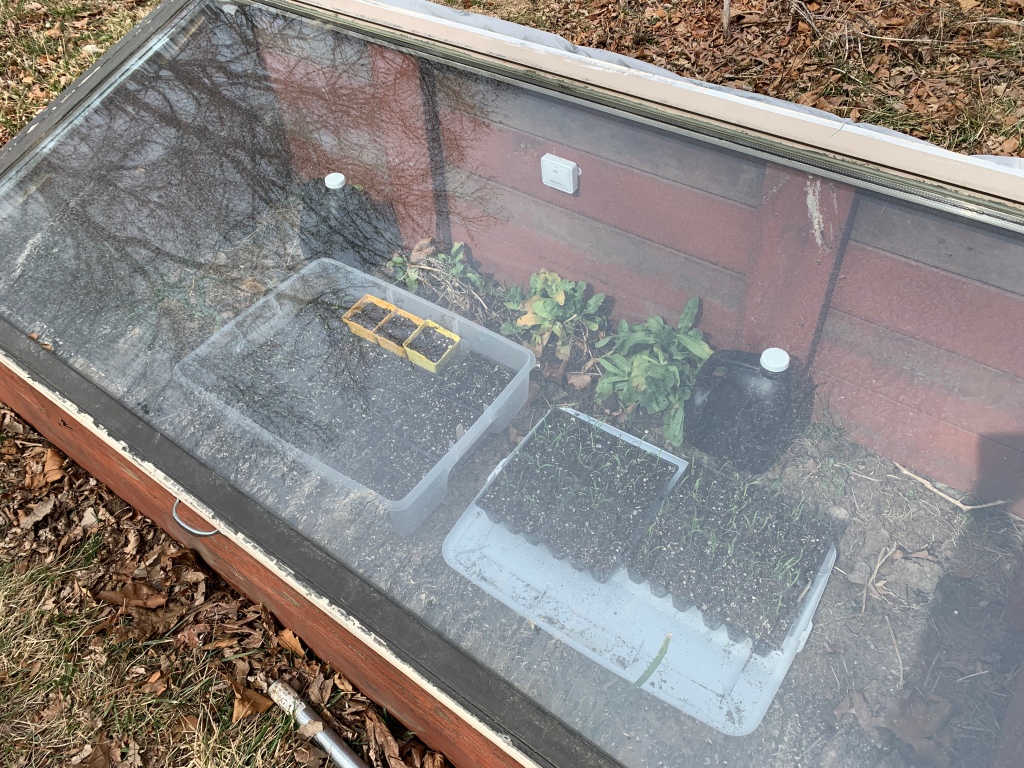
Currently in the trays: Detroit dark red beets, lettuce (Romaine and 4-Season Marvel), yellow sweet onions, Champion radishes, Bloomsdale spinach, Darkibor kale, and Lincoln sweet peas. My herbs: Valerian, bee balm, sage, lemon balm, St. John’s wort, chamomile, with elecampane and marshmallow on deck.
Mini Manure Makers
We have talked and dreamed about chickens for YEARS, and it’s finally time! (My mother and I joke that we should throw a baby chick shower for the girls!) We are in the process of building a big, beautiful coop courtesy of Kelly at the Green Willow Homestead – the best example I could find of a chicken tractor that provided protected ranging and a roost above the ground with minimal plastic usage.
With all our focus and work towards creating a food forest in the backyard, the first area of focus has to be soil. And what better way to help improve the soil than to employ mini manure makers and tillers to clear the path? (I am also incredibly stoked about the mosquito and garden pest elimination!)
With much research and reading, we’ve decided to bring home 6-8 Wyandotte chickens. I picked them for their ability to forage (enclosed run will be moved every day through our yard), cold hardiness, docile nature (though they apparently need some extra space and can be domineering with other breeds), and consistent laying, even through the wintertime. They aren’t a typical household breed, but they sure are gorgeous!

We have a brooding box of sorts set up (circles keep the babies from getting stuck in corners) and have been sanitizing and cleaning with a gentle detergent this week in anticipation of bringing them home this weekend. Wish us luck on the first day at home!
If you are interested in reading more about raising birds, I’ve been a fan of two particular books in my research thus far:
Storey’s Guide to Raising Chickens provides an encyclopedia of knowledge through basic care, illness, troubleshooting, and is a fantastic how-to guide for chickens. It really is an all-encompassing guide for a lot of traditional methods for raising birds in a variety of situations.
After reading Storey’s Guide, I picked up the Small Scale Poultry Flock based on recommendations for how to provide a more holistic and natural setup for the birds. Harvey Ussery digs into free-ranging, creating homemade blends of food with a scientific basis, and suggestions for more natural and holistic approaches, like how to assist molting and wintering processes with food and supplements rather than fighting the natural systems with lightbulbs to lengthen the days. (Let’s not also forget that this book includes a forward by Joel Salatin, one of our favorite authors and farmers in the sustainability and farm-focused movement in our times.)
We have so many more exciting things planned this spring and cannot wait to tell you more about them. In the meantime, follow me on Instagram @singtoyourplants for more daily updates, including the new dinosaur babies!









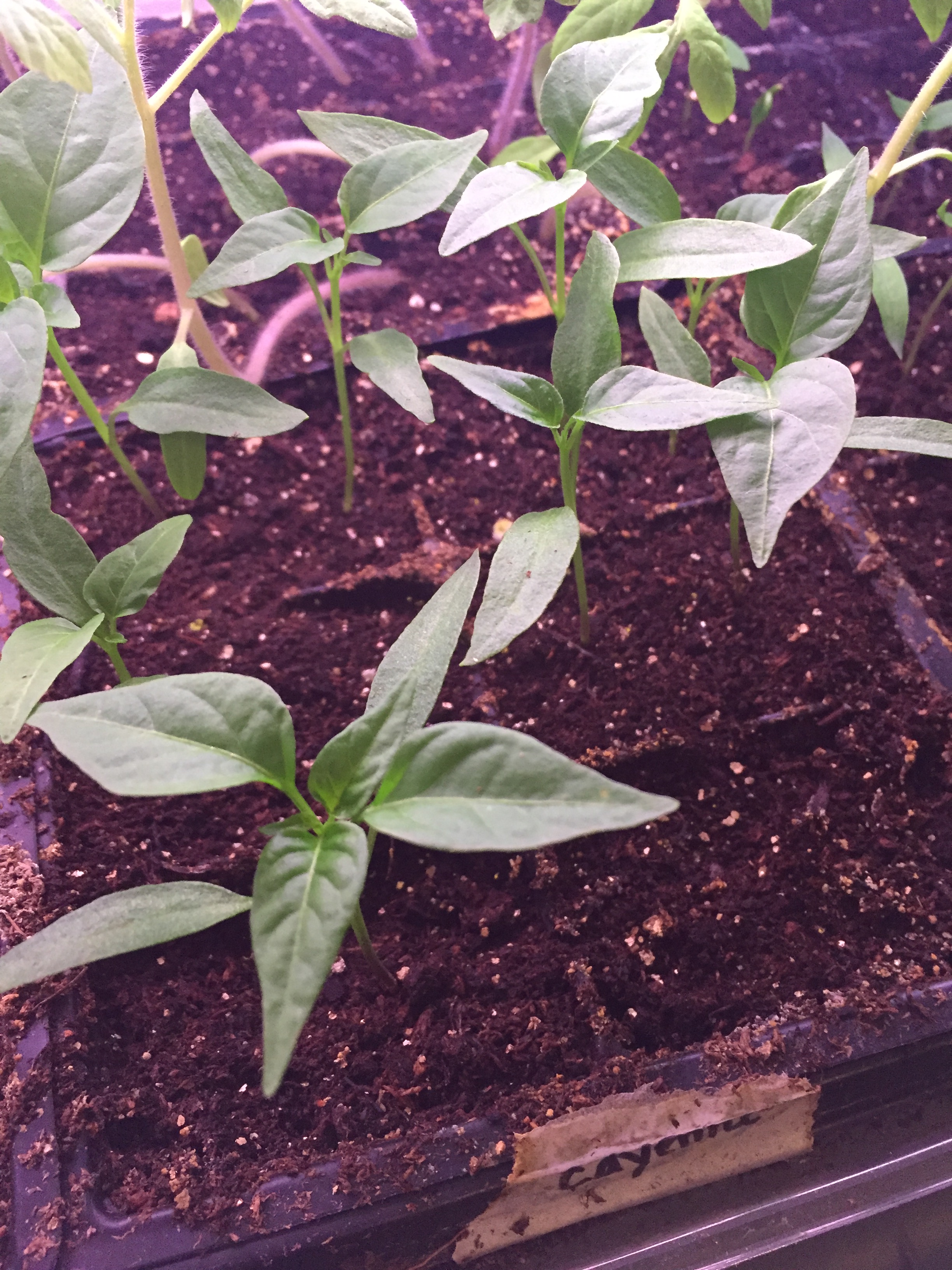









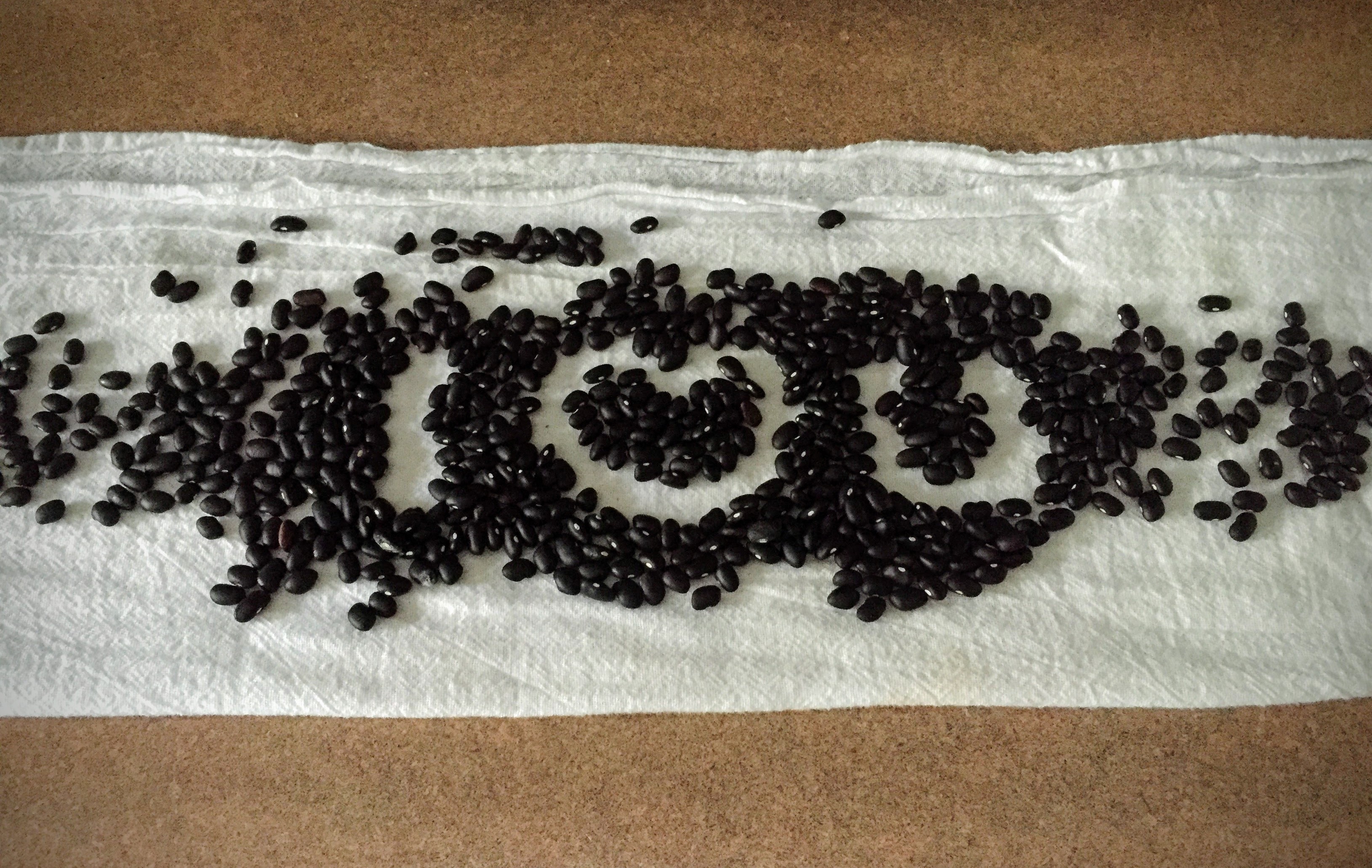

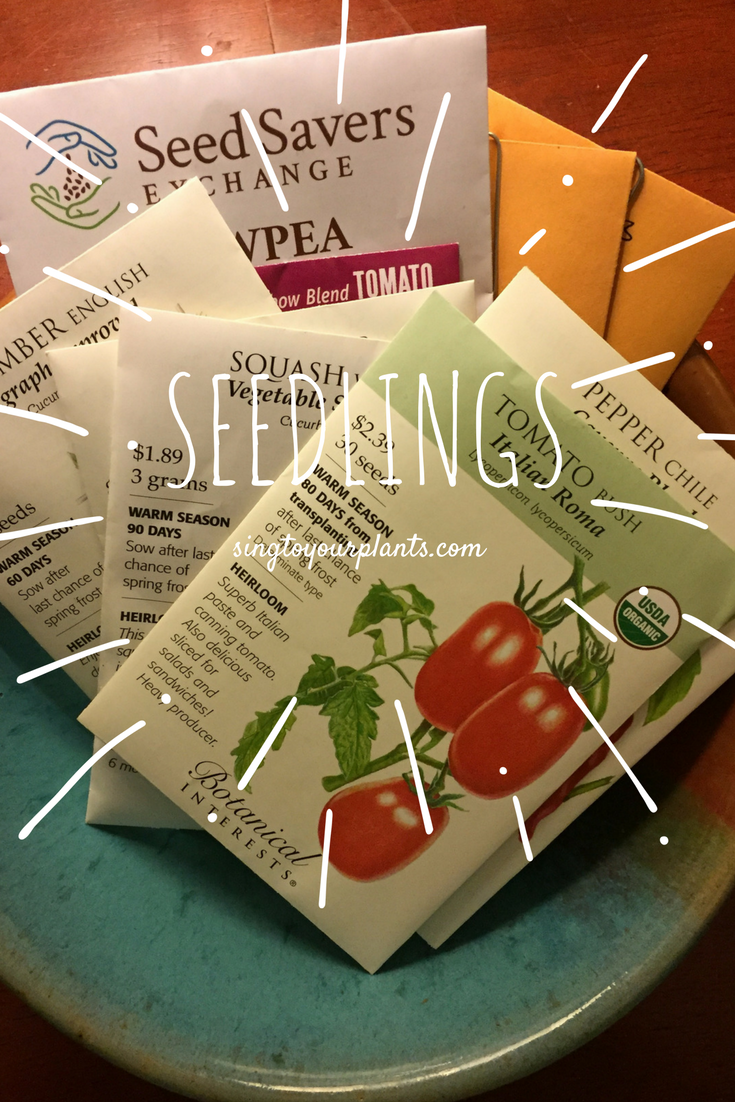


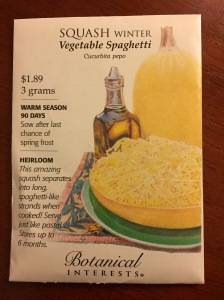
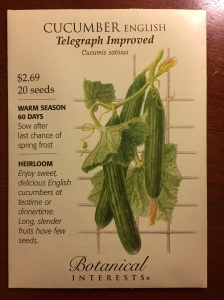


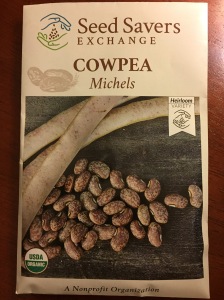
 These envelopes are jalapeno and bell pepper seeds that I collected from our best-performing plants last year. We still have jars of hot peppers in our basement and we loved how thick-walled and strong our bell peppers turned out. Hopefully they’ll be just as delicious this year!
These envelopes are jalapeno and bell pepper seeds that I collected from our best-performing plants last year. We still have jars of hot peppers in our basement and we loved how thick-walled and strong our bell peppers turned out. Hopefully they’ll be just as delicious this year!